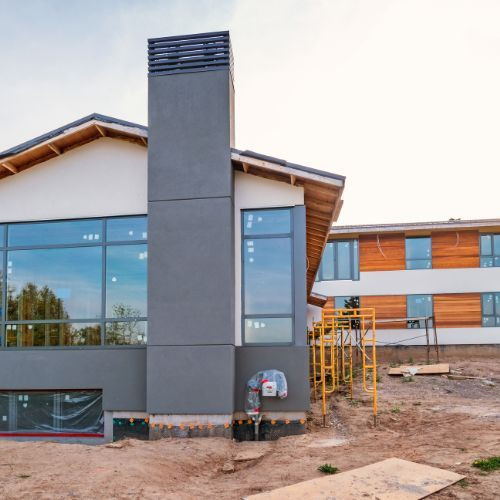Take Advantage of SB9 in California

What is SB9?
SB9, a bill introduced in California, offers homeowners a unique opportunity to invest in their property and contribute to addressing the housing crisis. Understanding its provisions and implications is crucial for those considering lot splits and additional dwelling units (ADUs). Let's delve into the key aspects of SB9 and its potential benefits and drawbacks for homeowners and developers.
Understanding SB9
SB9 allows for the splitting of single-family lots into two, facilitating the creation of additional dwelling units. However, certain requirements must be met:
- A single-family lot can be split only once.
- The minimum lot size after splitting is 1,200 sq ft.
- The split cannot exceed a 60/40 ratio.
- Local agencies can impose development standards.
- The second dwelling must be ministerially approved.
- No parking space is required if the property is within a half-mile of public transportation.

SB9 Benefits, Drawbacks, and Considerations
Potential Benefits
- Empowerment of homeowners to invest in their property.
- Expansion of affordable housing options.
- Financial incentives through property optimization and rental income generation.
- Facilitation of multigenerational living arrangements.
Drawbacks to Consider
- Development and impact fees for duplex construction.
- Exorbitant parcel-mapping fees.
- Access challenges for certain property configurations.
- Owner occupancy requirement may limit developer opportunities.
- Lengthy timeline and permitting challenges.
Qualifying for SB9
- Urban area or cluster location.
- Single-family residential zoning.
- Minimum lot size of 2,400 sq ft.
- Absence of recent tenant evictions and environmental hazards.
- Not previously split using SB9.
Application Process
- Preliminary parcel map and required documentation.
- Permission from lenders for mortgage adjustments.
- Compliance with local jurisdiction requirements.
- Submission and review of application.
- Payment of applicable fees and final approval.
Current Impact and Future Prospects
- Limited implementation and challenges highlighted by studies.
- Potential resolution through legislative amendments such as AB 1033.
- Opportunity for condo-ized ADUs to enhance housing accessibility and affordability.
- Cautious optimism for future improvements and increased housing options.
While SB9 presents complexities and challenges, it offers promising opportunities for homeowners and developers to address housing needs and maximize property potential. Understanding its requirements, navigating the application process, and staying informed about legislative developments are essential for leveraging SB9 effectively.
By embracing SB9 and its potential for expanding housing opportunities, Californians can contribute to building more equitable and sustainable communities.
Note: It's crucial for individuals to consult legal and real estate professionals for personalized guidance and assistance regarding SB9 and related processes.
